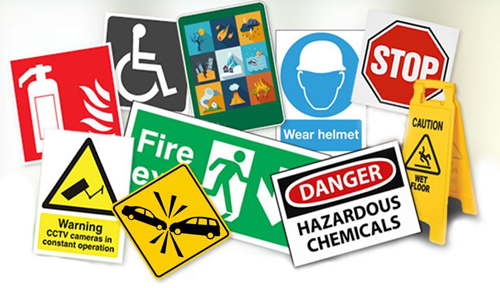ريزش ساختمان پلاسکو به دنبال آتشسوزي و درس آموختههاي آن
ارتقای ایمنی و پیشگیری از مصدومیت ها,
دوره 5 شماره 3 (2017),
14 January 2018
,
صفحه 124 - 120
https://doi.org/10.22037/meipm.v5i3.19818
چکیده
هرساله تعداد زيادي از انسانها درنتيجه آتشسوزي جان خود را از دست ميدهند يا دچار جراحات و صدمات بسيار جدي ميشوند. بيش از 95 درصد از اين مرگها در کشورهاي با درآمد کم و متوسط هست. اين گزارش شامل يک مورد آتشسوزي در ساختمان پلاسکو ميباشد که يکي از ساختمانهاي بلندمرتبه تجاري شهر تهران است، فرسودگي و ناايمن بودن سيمکشي برق، وجود کپسولهاي متعدد گاز مايع و مايعات اشتعالزا و انباشت البسه و پوشاک چيده شده در راهروها و طبقات ساختمان از علل بروز و گسترش آتشسوزي بود. همچنين از بين رفتن مقاومت ستونها و تيرهاي فولادي در اثر حرارت زياد و به وجود آمدن نيروهاي ثانويه بزرگ در سازه در اثر انبساط حرارتي اجزاي سازه از علل ريزش ساختمان پلاسکو دکر شده است. چالش هاي مديريت صحنه و مشخص نبودن فرمانده در لحظات اوليه حادثه، ازدحام جمعيت و مسائل مرتبط به عدم اطلاعرساني صحيح در ساعتهاي نخست حادثه از مشکلات اين حادثه بوده است.
- آتش سوزی، حوادث غیرنترقبه، ساختمان پلاسکو
ارجاع به مقاله
مراجع
References:
https://en.wikipedia.org/wiki/Fire.
Deaths resulting from residential fires and the prevalence of smoke alarms--United States, 1991-1995. MMWR Morbidity and mortality weekly report. 1998;47(38):803-6. Epub 1998/10/17.
K. Margrethe, I. Helsloot, B. Vries, J.G. Post. Building safety and human behavior in fire: a literature review. Fire Safety Journal, 45 (2010), pp. 1–11.
D.A. Purser, M. Bensilum, Quantification of behaviour for engineering design standards and escape time calculations, Safety Science 38 (2001) 157–182.
T.T. Pires, An approach for modeling human cognitive behavior in evacuation models, Fire Safety Journal 40 (2005) 177–189.
Ballard JE, Koepsell TD, Rivara FP, Van Belle G. Descriptive epidemiology of unintentional residential fire injuries in King County, WA, 1984 and 1985. Public health reports (Washington, DC : 1974). 1992;107(4):402-8. Epub 1992/07/01.
Li, N., et al., Situational awareness for supporting building fire emergency response: Information needs, information sources, and implementation requirements. Fire safety journal, 2014. 63: p. 17-28.
Ginnelly L, Sculpher M, Bojke C, Roberts I, Wade A, Diguiseppi C. Determining the cost effectiveness of a smoke alarm give-away program using data from a randomized controlled trial. European journal of public health. 2005;15(5):448-53. Epub 2005/09/10.
Campbell MN, Fairgrieve SI. Differentiation of traumatic and heat-induced dental tissue fractures via SEM analysis. Journal of forensic sciences. 2011;56(3):715-9. Epub 2011/04/28.
Yahyai M, Rezaeian A. Behavior of beams in bolted column-tree frames at elevated temperature. Fire and Materials (2015) 40:482-497, doi: 10.1002/fam.2305.
NIST. "Final report on the collapse of world trade center building 7”. NIST NCSTAR 1A, NIST, Gaithersburg, MD, (2008).
Dubouloz RM. .Integration Strategy and Emergency Preparedness Process in the Context of Public Safety Workshop, Emergency Preparedness for the Health Sector and Communities:Challenges and Way Forward Expert Consulation. 2006:15-7.
Manoj BS. Emergency response information systems: emerging trends and technologies.Communication challenges in emergency response. Communications of the ACM 2007;50(3):51-3.
Pairote P TLM. An integrated approach to natural disaster management: Public project management and its critical success factors. Disaster Prevention and Management: An International Journal. 1992.
Dehghan H. Ergonomics of the thermal environment–Determination of metabolic rate. International Organization for Standardization. Geneva2004.
- چکیده مشاهده شده: 723 بار
- PDF دانلود شده: 493 بار
